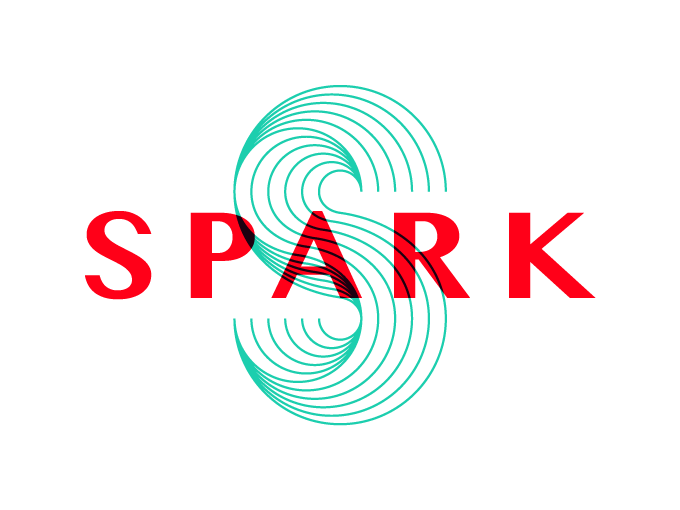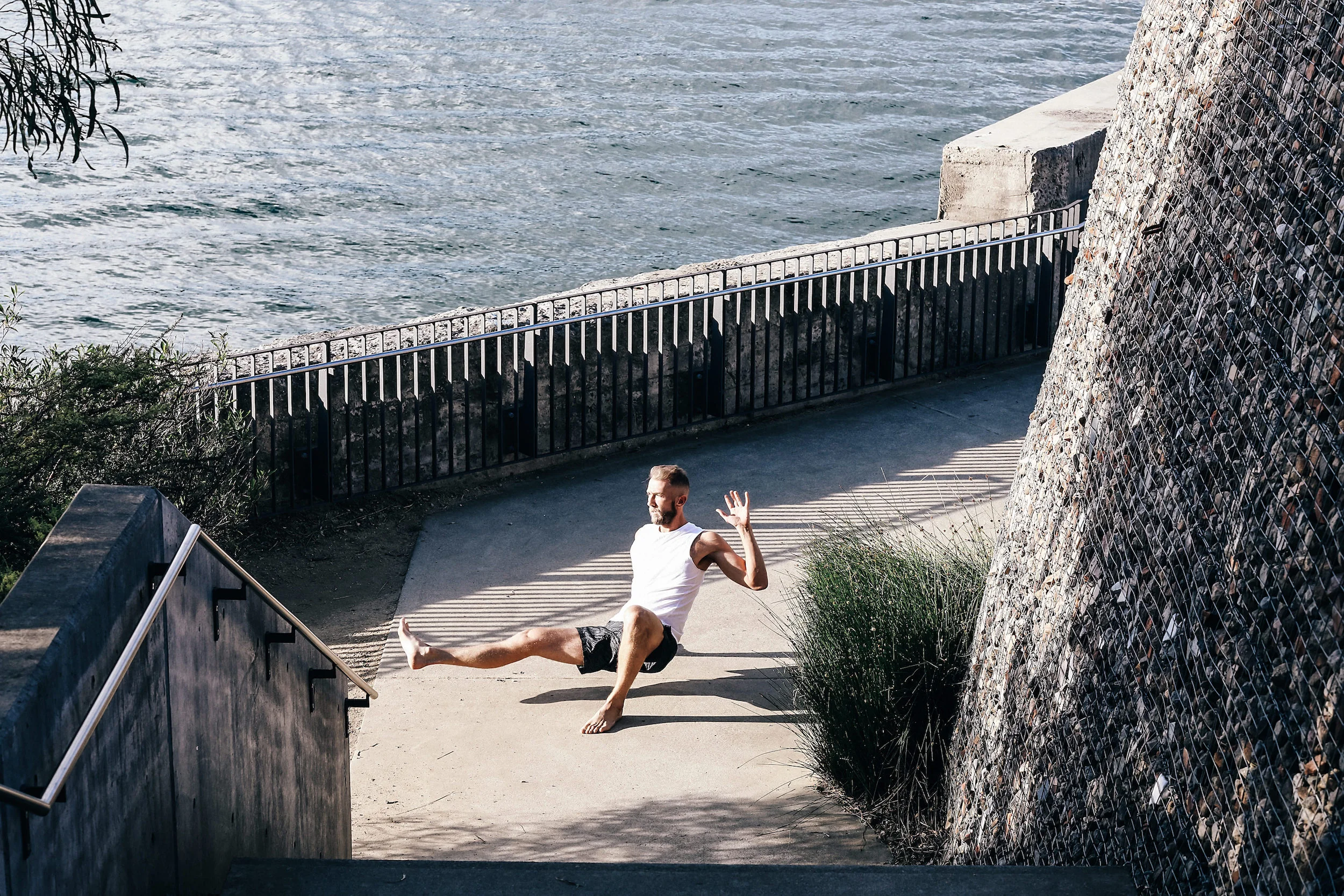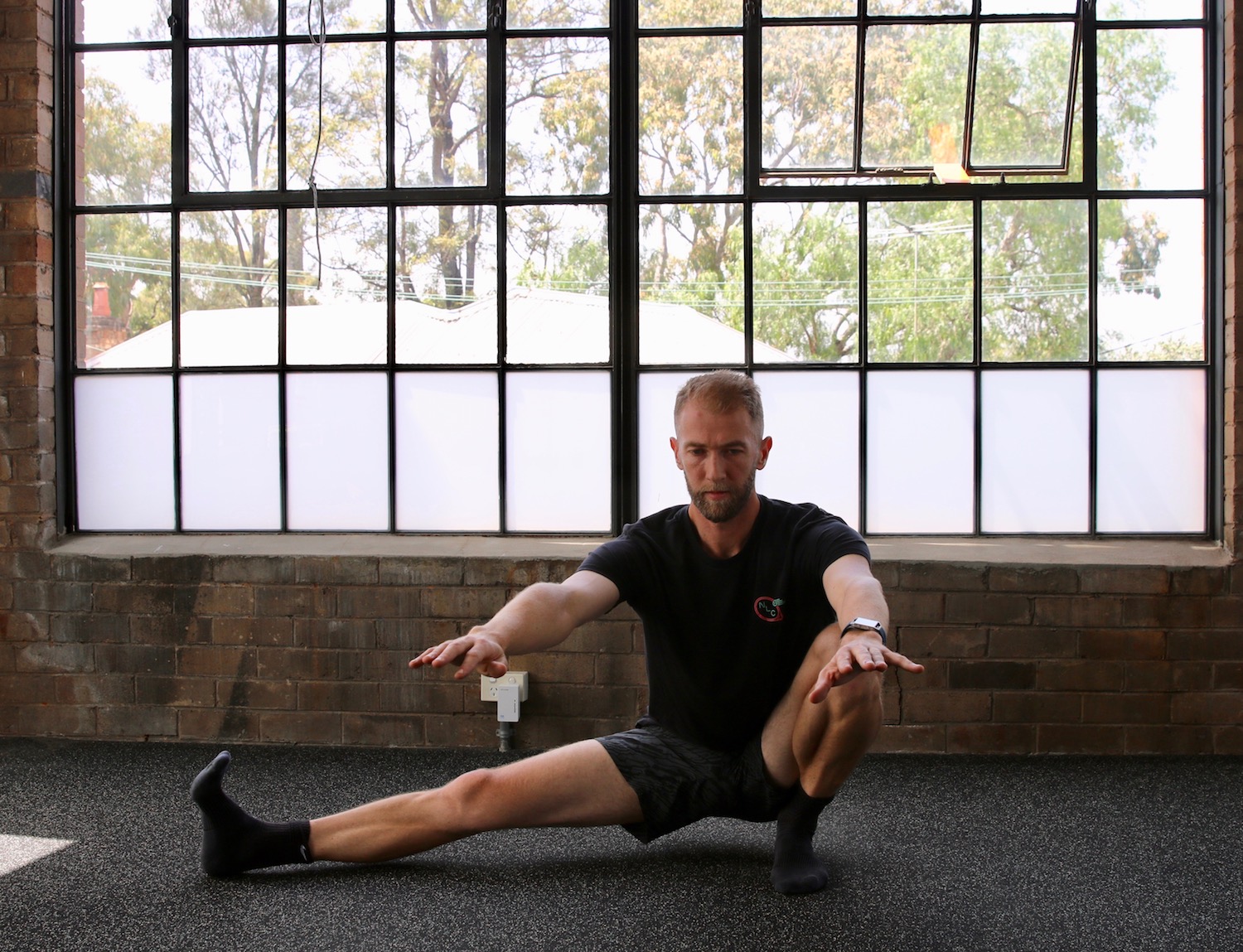Tennis mobility and injury prevention
Many tennis players wait until they get injured before they perform any off-court training. The key to injury prevention is just that - preventative exercise.
There's no question tennis has evolved - and is continuing to evolve. You see players sliding on hard courts and contorting their bodies like never before. Just watch a Novak Djokovic or Serena Williams, they're essentially doing the splits on a regular basis.
Players like Novak and Serena have outstanding mobility. This doesn’t just mean they are flexible. It means they can actively move a joint through its entire range of motion in a dynamic & controlled way. They are BOTH strong AND flexible and the two work hand in hand.
Dynamic stretches, a form of mobility work, are excellent for improving an athletes’ active range of motion. The purpose of these stretches is to decrease injury risk and improve performance. Improved mobility will assist in keeping you feeling better and pain/injury free.
Recommended exercises to improve mobility:
10min mobility sequence
When it comes to mobility I like to get creative. Developing a ‘mobility sequence’ is a fun and effective way to keep your body strong and supple. A simple way to do this is to start with a stretch you are familiar with; for example a kneeling lunge. Then it’s just a matter of thinking about how you can move from this stretch into another position with some sense of fluidity or flow. Pick say 5 stretches you would like to perform and around these see how you can transition from one to the other without stopping and starting. Set a timer for 10mins and see what you can come up with. Here’s an example of a 10min sequence I put together:
Cossack squats
The Cossack squat is a name for a squat that has you descend with most of your weight on one leg while the other leg is kept out straight and to the side. Thus, the other foot will typically have the heel on the ground but the rest of the foot up in the air. The arms are held somewhere out in front as a counterbalance. Most people will not be able to go all the way down in a Cossack the first time they try. Just start where you’re at and work your way down. Go from one side to the other trying to get down just a little further with each rep. You can even use some form of support to help you through the movement like a bench or suspension trainer like a TRX.
Spiderman walk
The Spiderman walk is a dynamic warm-up drill for the more advanced tennis athlete. It targets several key joints and muscle groups: hips, posterior chain, spinal & shoulder mobility as well as upper & lower body strength. It should be performed in a fluid, continuous and controlled manner whilst maintaining "athletic posture" throughout.
From standing raise and hold one knee to your chest and then step out into a long lunge.
Rest your rear knee on the ground, place one hand on the ground and rotate your torso up to the sky. (Always rotate towards your front knee and allow your head to follow your hand as it raises up. You should be looking to rotate from your upper back or thoracic spine.)
Place both hands on the ground alongside your front foot and attempt to straighten your front leg by pushing your hips/buttocks backwards. (You should feel a good stretch in your hamstrings.)
Now step your feet back into a plank on your hands "front support" and perform one or two pushups.
With small 'tip-toe' steps walk your feet in towards your hands (like a caterpillar) and come up to standing
Repetitions: Repeat on the both sides. Perform 6-10 reps on each side.




